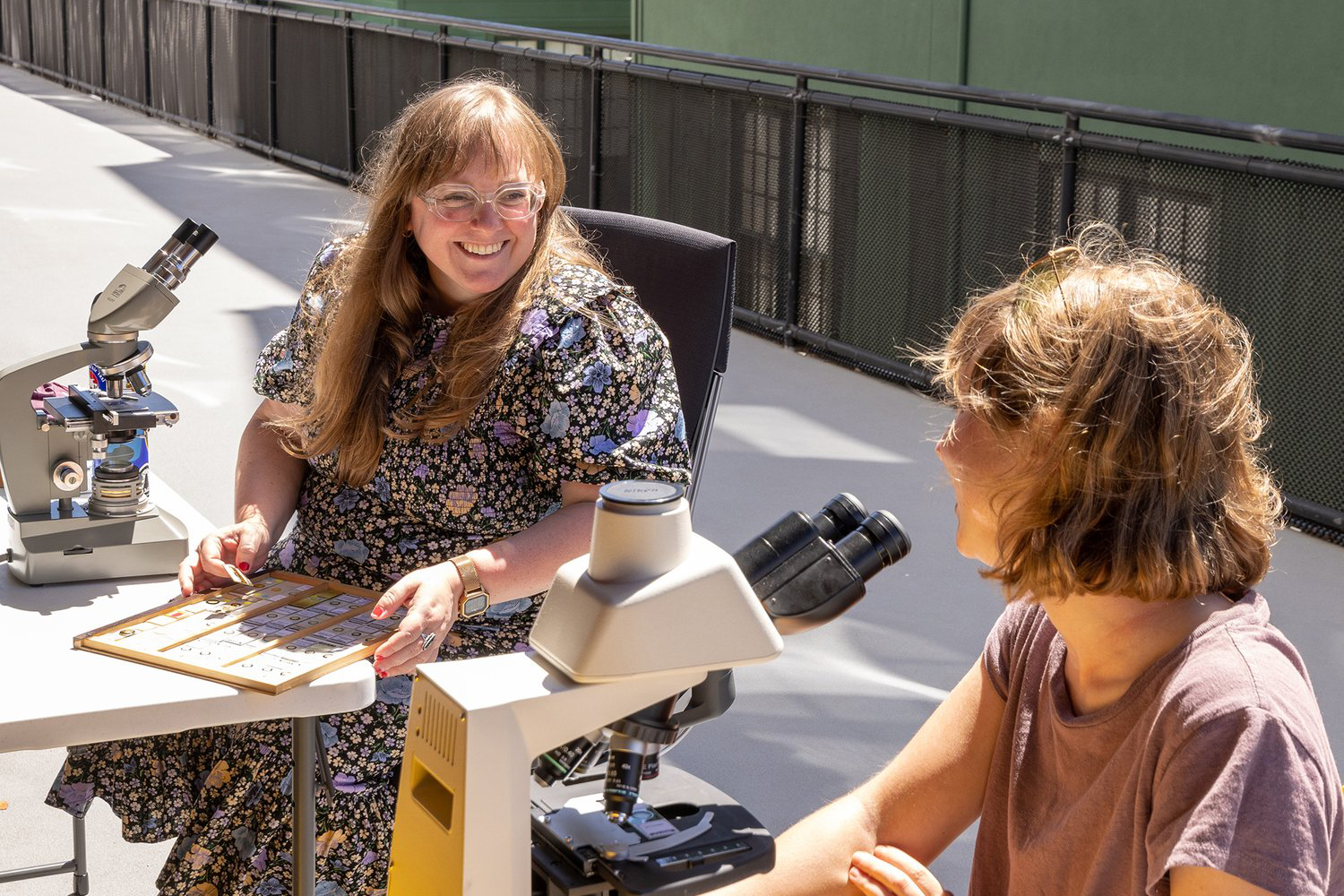This week, the San Francisco Small Business Commission announced nine new additions to its Legacy Business Registry, including well-known entities like Goat Hill Pizza, Nomad Cyclery and John’s Grill. One name, though, jumps out: the San Francisco Microscopical Society, a 150-year-old organization dedicated to “all microscopists across all disciplines of both science and the arts.” Unlike a local pizzeria known for its sourdough crust, it’s hardly a household name.
The registry grew out of 2015’s Proposition J, which sought to combat a perceived homogenization of the city’s character. Ariel Waldman, the Microscopical Society’s president, began the application process last year, pre-emptively and because of the group’s relative obscurity.
The designation bestows limited financial benefits and a sort of civic gold star, which qualifying companies and organizations can then use in their marketing. (Most importantly, if a landlord and a legacy business agree to a 10-year lease with no rent increases, both parties become eligible for grants.) There is no risk of them getting evicted—because the volunteer-run group doesn’t really have a home of its own to begin with. For years, the business address was simply the house of an active member.
“We don’t have a dedicated lab or office that’s not shared,” she said. “We’re not looking for rental assistance, but if someone would like to donate a space or money for us to rent a dedicated space, we would take it.”
Since becoming president right around the same time as Joe Biden—January 2021—Waldman’s task has been to bring on new members and revitalize the society. Among the 125 members are chefs, artists, forensic analysts, writers and other wide-ranging occupations. Vice president Taylor Bell, for example, is a caterer who runs an Instagram account called @gustometry that consists largely of alien-looking salt crystals or bits of potato starch, magnified and polarized to trippy effect.
“We all use microscopes for different reasons,” Waldman says. “We use them as a reason to get together.”
She herself is not a trained scientist, but a graphic designer and Antarctic explorer who uses microscopes to explore tardigrades (those bizarre, seemingly indestructible animals also known as water bears) and other tiny creatures that live underneath the ice. Having first ventured to the least-visited continent in 2018, she’s preparing for another visit to McMurdo Station, where the summer population quintuples to 1,200 but the average high temperature stays below freezing.
“A lot of the work that I do is in the Dry Valleys, an area of Antarctica that isn’t fully covered by snow and ice,” she said. “So I can look at the soils in and around glaciers.”
The Society convenes semi-regularly at “microscope-and-chill” sessions virtually and in Oakland, and hosts events at the Bay Area Science Festival, the Fungus Festival, and the like. Recently, they threw their own Victorian Microscope Art Meetup, showing slides from the mid to late 1800s. Like silhouette photography or elaborately flocked Gothic wallpaper, this was a big trend during that era.
“These were arrangements of microorganisms into beautiful pictures,” Waldman says. “People were taking things a third of a millimeter big and arranging them into elaborate pictures of fish or birds.”
Having existed for more than five times as long as the 30-year requirement to be a legacy business, the Society’s archives are a potential wealth of information—the ones that are still around. Waldman launched an effort to digitize the holdings at the UC Berkeley’s Bancroft Library into a rudimentary search engine.
“It’s very beta, but you can type in ‘gold’ or ‘micromanipulator’ and see instances of where it comes up,” she said. “Newspaper items, some prints that people made, old budgets from the 1870s—we have more stuff than we’ve been able to fully comprehend.”
Waldman’s “main microscope” is a Nikon Eclipse E200 LED microscope, which is modular enough to let users bulk it up with fun add-ons. Because everyone likes to shoot lasers at stuff, she put some grant money toward a fluorescence attachment. Chlorophyll will fluoresce under certain types of light, so Waldman can look at a tardigrade’s glowing stomach and determine it was munching on moss.
As it happens, another chlorophyll-related phenomenon is occurring much closer to home than the edge of a distant ice shelf: An algae bloom is exploding throughout San Francisco Bay, threatening marine life and generating a noxious odor. But what’s bad for the ecosystem might be good for an increasingly prominent Microscopical Society.
“We might do a plankton-viewing event,” Waldman says. “Pulling up a bunch of it from the Bay.”
